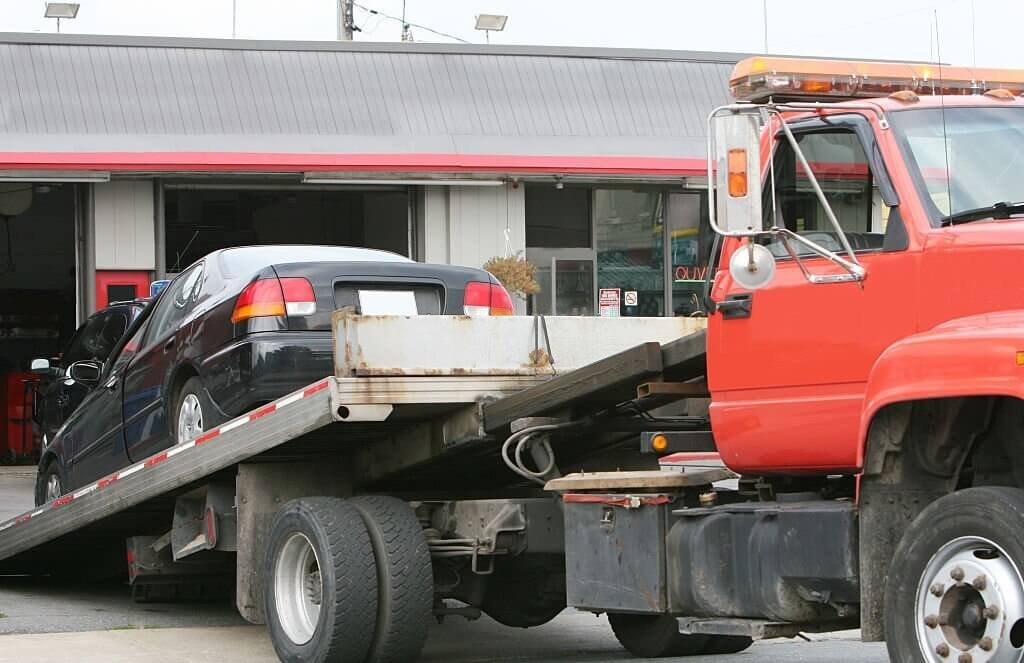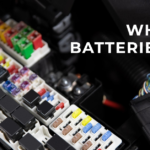If you’ve ever been stuck on the side of the road with a broken-down car, you know the relief that comes when a tow truck arrives to save the day. Tow trucks are essential vehicles that are capable of rescuing vehicles of all shapes and sizes. But did you know that there are different types of tow trucks designed for specific towing needs?
In this guide, we’ll explore the various types of tow trucks and their unique capabilities, so you can gain a better understanding of these remarkable vehicles.
6 Types of Tow Truck
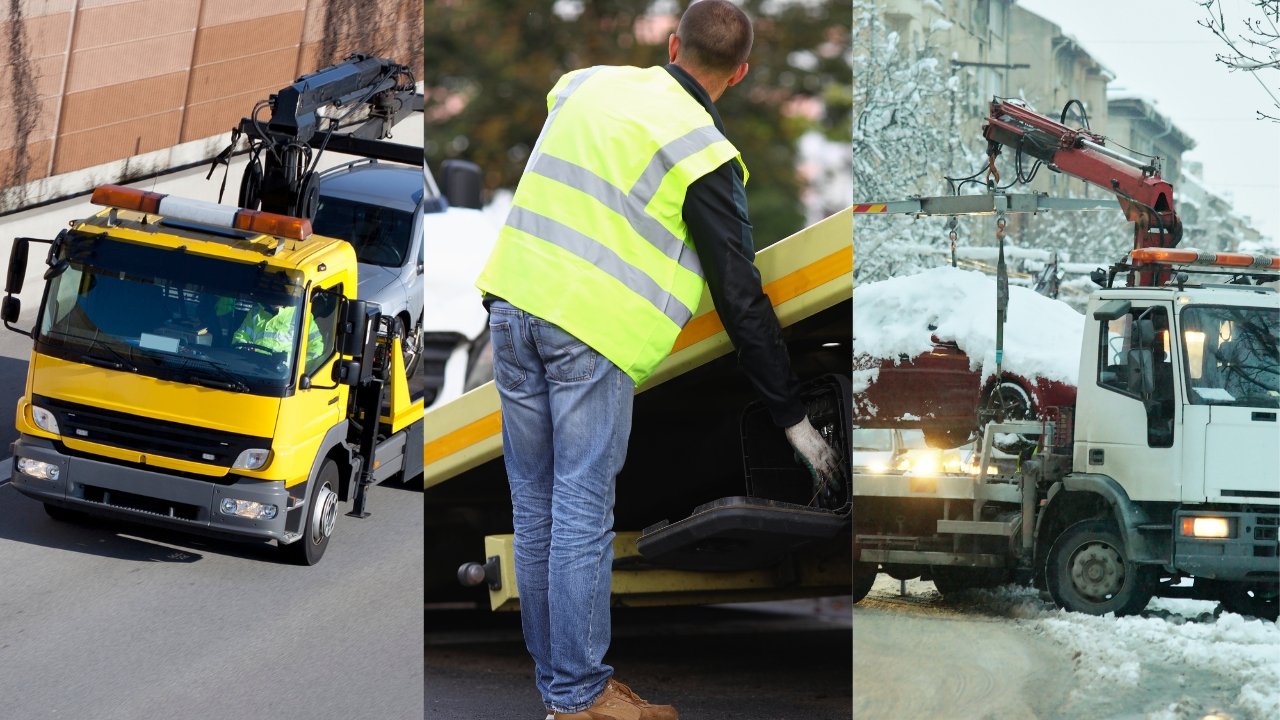
1) Flatbed Tow Trucks
One of the most common types of tow trucks you’ll encounter is the flatbed tow truck. As the name suggests, these trucks feature a large, flat platform, or bed, on the back. The bed can be hydraulically inclined to create a ramp, allowing vehicles to be driven onto it easily. Once the vehicle is secured, the bed is leveled, and the tow truck can transport the vehicle safely.

Flatbed tow trucks are versatile and suitable for a wide range of vehicles, including cars, SUVs, motorcycles, and even small trucks. They offer several advantages, such as providing a stable platform for towing, reducing the risk of damage to the towed vehicle, and allowing for easy loading and unloading.
2) Wheel-Lift Tow Trucks
Wheel-lift tow trucks are a popular choice for towing smaller vehicles, such as cars and motorcycles. These trucks feature a metal yoke or cradle that is positioned under the front or rear wheels of the vehicle to be towed. The yoke is then hydraulically lifted, raising the vehicle off the ground while keeping the remaining wheels in contact with the road.
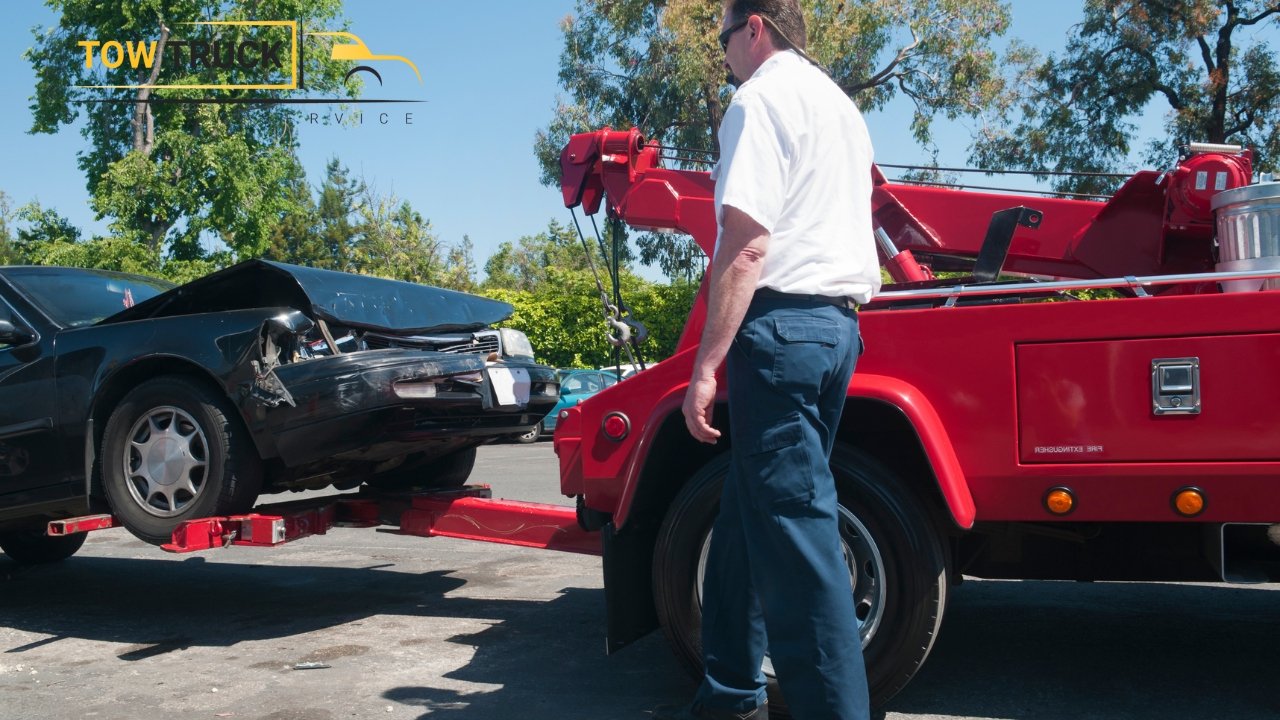
One advantage of wheel-lift tow trucks is their maneuverability. They can easily navigate tight spaces and narrow streets, making them ideal for urban areas. Additionally, wheel-lift tow trucks are less likely to cause damage to the towed vehicle since they do not rely on hooks or chains.
3) Integrated Tow Truck
Integrated tow trucks, also known as self-loader tow trucks or repo trucks, are specifically designed for recovering or repossessing vehicles. These trucks feature a boom arm with an adjustable cradle or wheel lift system at the end. The boom arm can be extended, allowing the operator to safely secure the towed vehicle.
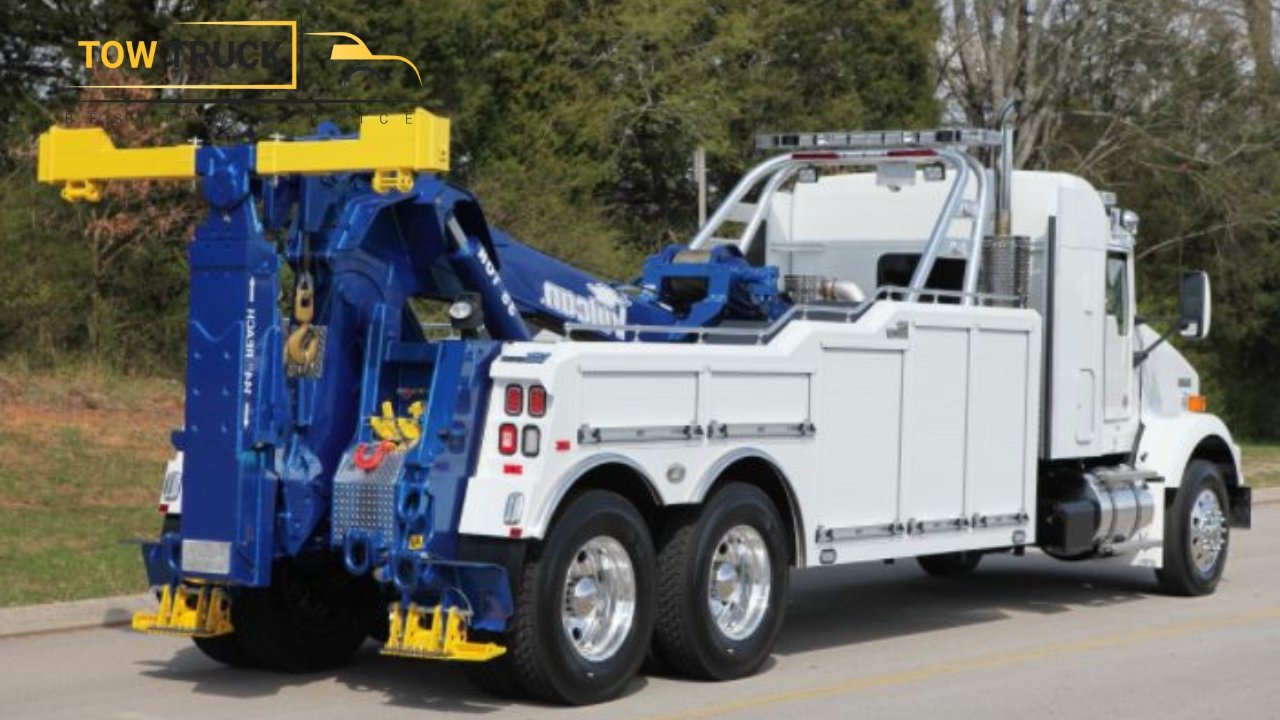
Integrated tow trucks offer efficiency and speed in recovering vehicles, making them a popular choice for towing companies and repossession agencies. They are capable of handling a wide range of vehicles, from sedans to larger SUVs, and provide secure towing while minimizing the risk of damage.
4) Boom/Bucket/Crane Recovery Vehicle
A boom truck is a tow vehicle with an extendable boom arm. The boom arm is used to elevate vehicles that cannot operate independently.
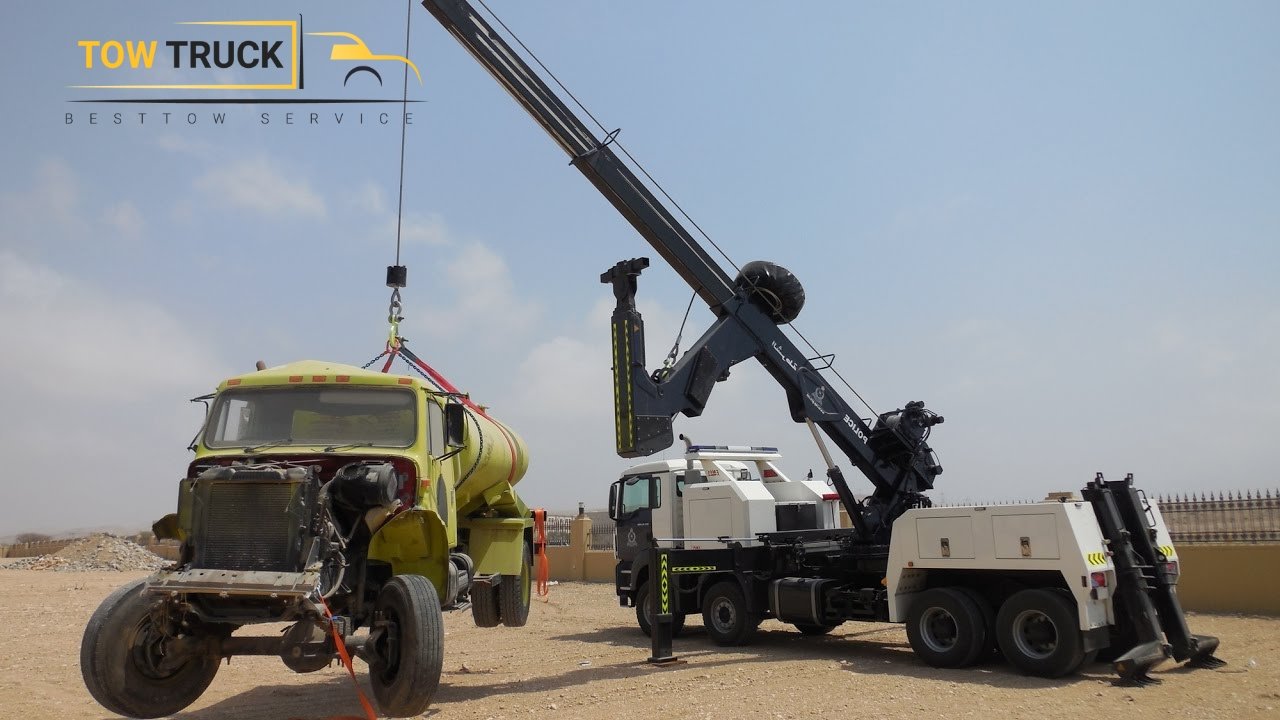
- Boom trucks are sometimes known as crane or bucket trucks
- Bucket trucks are comparable to boom trucks, except they feature an adjustable bucket instead of a boom arm
- The bucket is used to elevate vehicles that cannot operate independently, and Crane trucks are another name for bucket trucks
- Boom trucks and bucket trucks are comparable to crane vehicles
- They possess a crane capable of being lifted and lowered, used to raise vehicles that cannot operate independently
5) Hook and Chain Tractor-Trailer
Hook and chain tow trucks, also known as sling tow trucks, have been around for decades and were once a popular choice for towing. These trucks feature a system of hooks and chains that are attached to the towed vehicle’s frame or axle. Once secured, the truck lifts the vehicle by its front or rear end and transports it to the desired location.

While hook and chain tow trucks have been widely used in the past, they are less common today due to their limitations. The hooks and chains can cause damage to the towed vehicle, particularly to its undercarriage, bumper, or suspension. As a result, they are often reserved for towing wrecked or junk vehicles where cosmetic damage is less of a concern.
6) Heavy-Duty Tow Trucks
When it comes to towing large vehicles or even semi-trucks and buses, heavy-duty tow trucks are the go-to option. These powerful trucks are equipped with specialized equipment, such as reinforced frames, powerful winches, and hydraulic systems capable of handling immense weight.
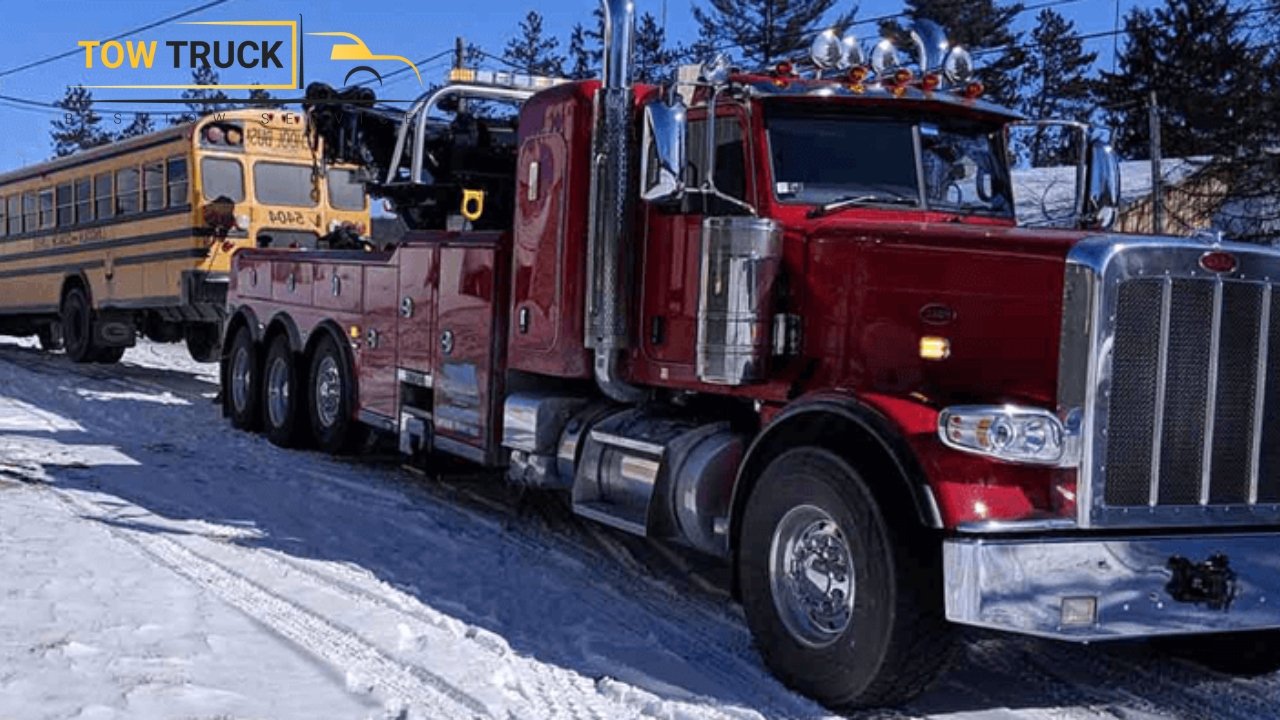
Heavy-duty tow trucks come in different configurations, including rotator trucks that feature rotating booms capable of lifting and recovering vehicles in challenging positions. They are essential for recovering overturned vehicles, towing tractor-trailers, and handling demanding towing situations.
Types of Wreckers
Tow trucks have various sizes and designs, each tailored for a particular use. The most frequent form of tow truck is the flatbed, which transfers accident-damaged or crippled cars. Typically, flatbed tow trucks are equipped with a hydraulic lift that may raise and lower the bed, facilitating the loading and unloading of automobiles.
Wheel-lift tow vehicles are an additional frequent form of the tow truck. These trucks have a metal yoke that hooks to a vehicle’s front or back wheels, enabling them to raise the car off the ground and tow it away. Often, wheel-lift tow trucks are employed to remove unlawfully parked automobiles from public areas.
The last sort of tow truck is the dolly, which is used to carry front-wheel drive cars. Dollies are wheels that connect to a vehicle’s front or back wheels and prevent the other set of wheels from hitting the ground. This tow truck style is generally utilized for long-distance transports since it helps prevent excessive tire and suspension wear.
Also Read: How to Detail a Truck
Advantages and Disadvantages of Each Kind of Tow Truck:
The primary kinds of tow trucks are flatbed, wheel-lift, dolly, and integrated tow trucks. When determining which kind is best for you, you should analyze the advantages and downsides of each option.
Flatbed
- The flatbed may be slanted to load or unload a vehicle, making it simpler to handle in confined locations
- Vehicles with front or rear end damage may slip off the flatbed during transport
- Tilting the flatbed takes time and might be difficult if the car is extremely heavy
Wheel Lift
Pros:
- The towed vehicle’s wheels stay on the ground, allowing it to be driven after being freed from the tow truck.
- This style of truck is less likely than a flatbed tow truck to do more damage to a damaged car.
Cons:
- Not suited for all vehicles. For example, automobiles with low ground clearance and improper usage of the wheel lift arm may severely damage a vehicle’s bumper or underside.
How to Choose Which Kind of Tow Truck Best Suits Your Requirements:
You have various tow truck options when you need a car to be towed. The kind of tow truck required depends on the type of vehicle to be pulled and the circumstances under which it must be hauled.
Consider the following factors when selecting the appropriate tow truck for your needs:
1)Weight and Size of the Car to Be Towed:
The weight and size of the vehicle will determine the kind of tow truck required. Depending on the size of the car, you can employ a light-duty tow truck. A heavy-duty tow truck will be required if the car is huge or heavy.
2)The Distance the Car Must Be Towed:
The distance the vehicle must be hauled will also influence the sort of tow truck you need. Depending on the distance, you can employ a light-duty tow vehicle, and long distances require a heavy-duty tow vehicle.
3)The Road’s Condition:
The road’s condition will also affect the sort of tow truck you need. A light-duty tow truck may be appropriate if the road is in excellent shape, and a heavy-duty tow truck will be required if the road is in poor condition.
Final Words
Tow trucks, sometimes called wreckers, breakdown trucks, recovery vehicles, or breakdown lorries, transport disabled, incorrectly parked, impounded, or otherwise indisposed motor vehicles. This includes retrieving a damaged car after an accident, restoring a drivable vehicle after an accident or harsh weather, or towing or transporting a drivable vehicle on a flatbed to a repair facility. Thanks for reading.

